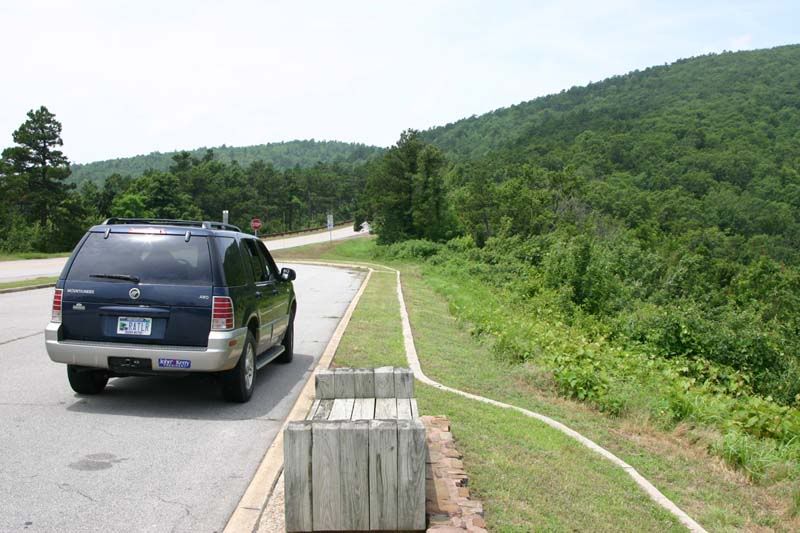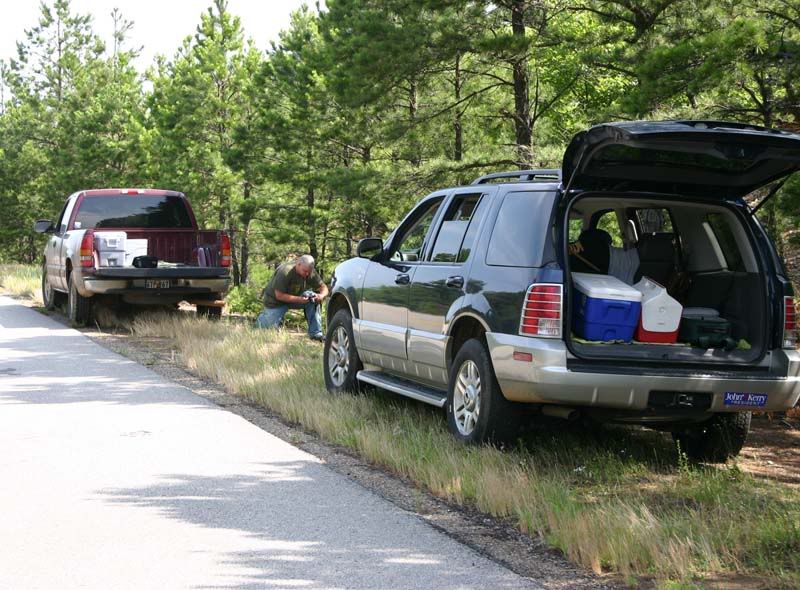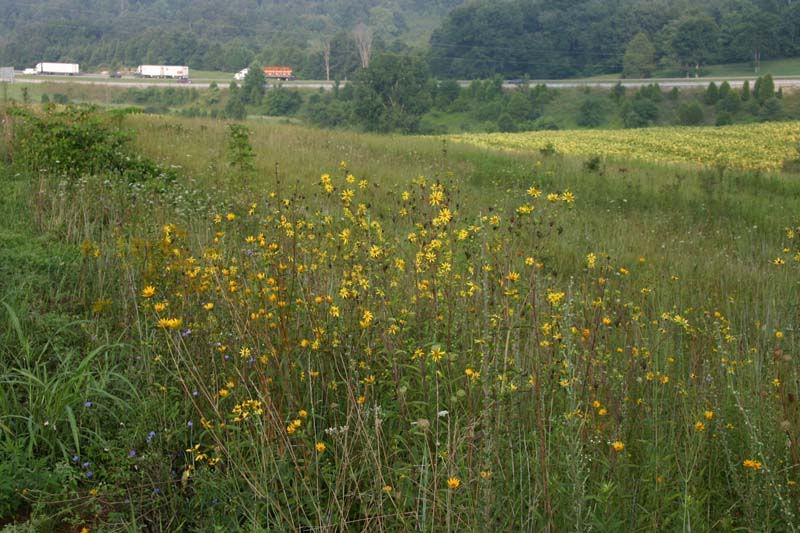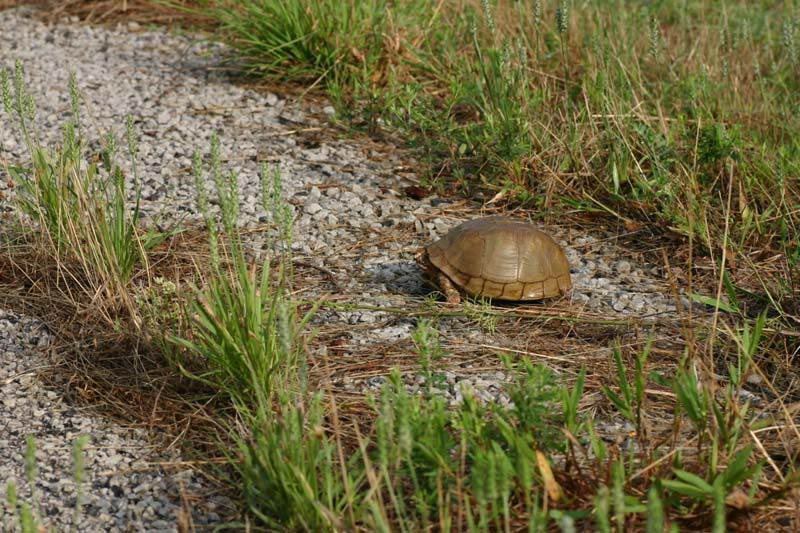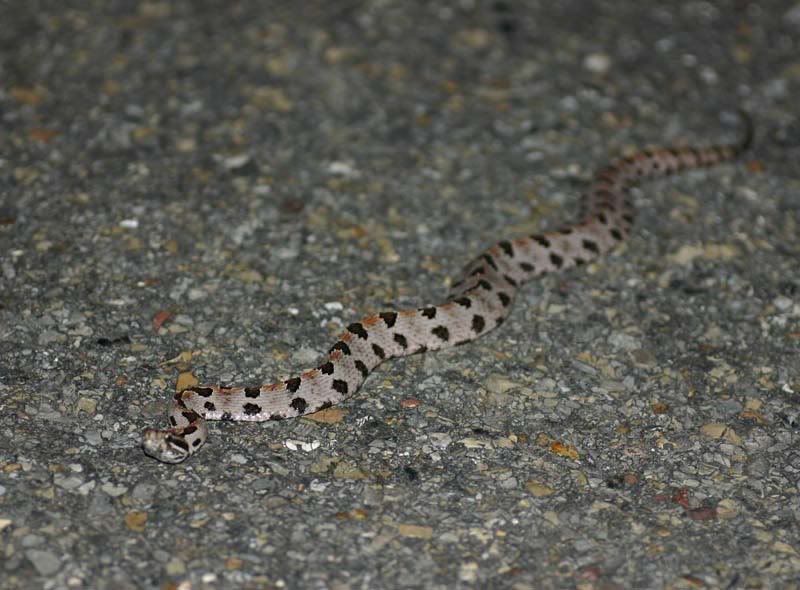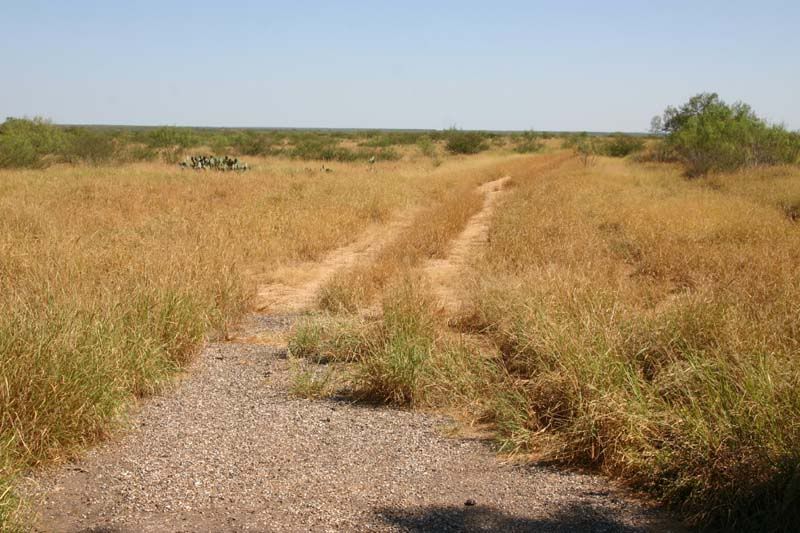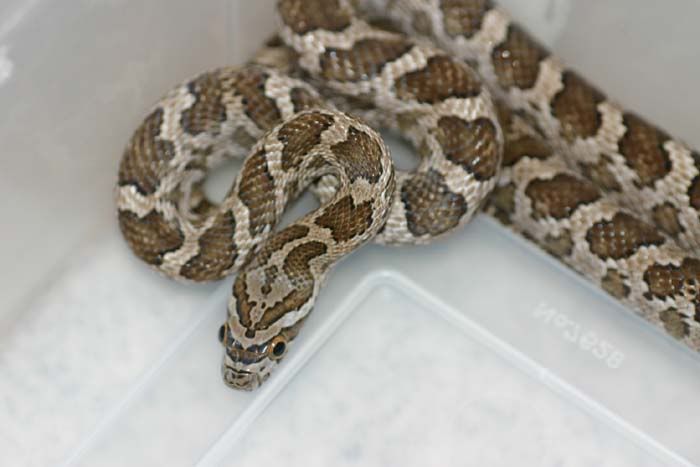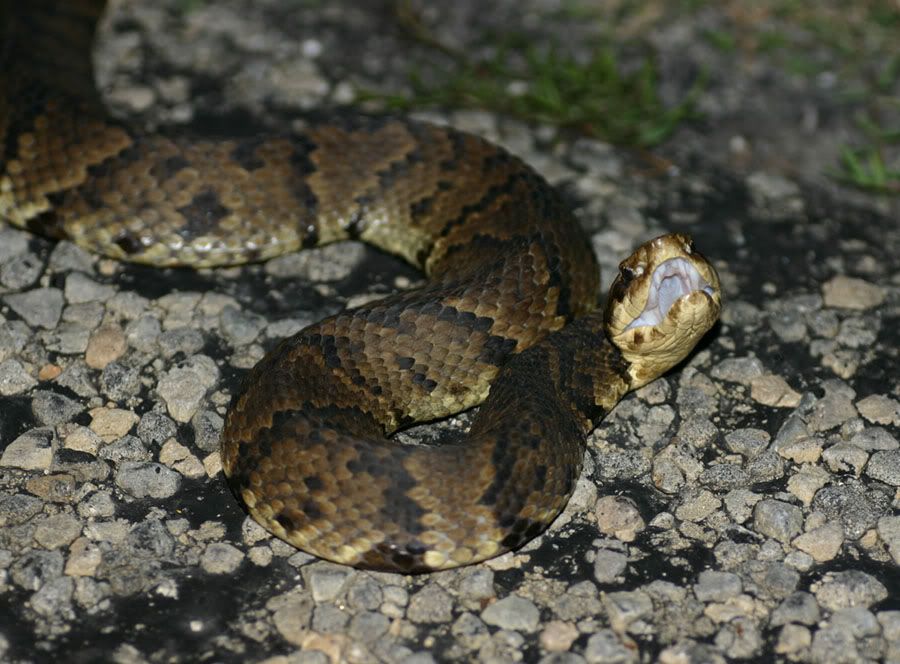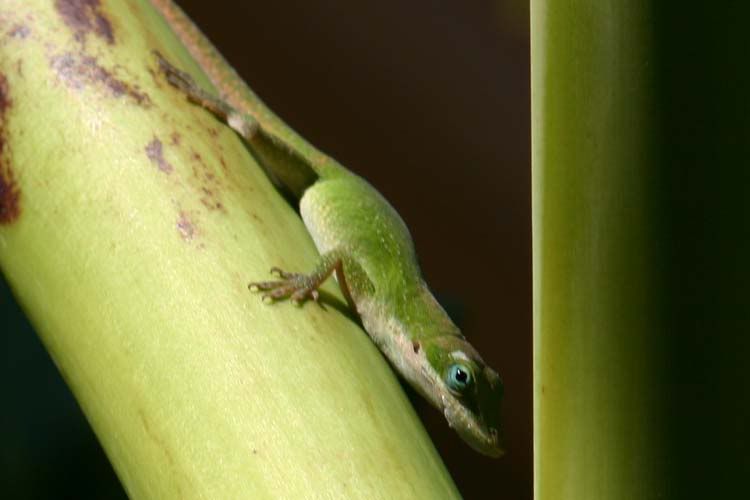ratsnakehaven
I like functionality.. :)
I've always believed you could learn a lot about a snake from the habitat it came from. Even though different species from the same habitat have different behaviors, the habitat helps determine how a species will function in the wild and what its needs are. At any rate, looking at many various habitats helps us to understand the range of variation that can occur, not only in color/pattern, but also in behaviors and adaptability.
This is an Emory's ratsnake, Pantherophis emoryi intermontanus, that I found in western Colorado last spring....
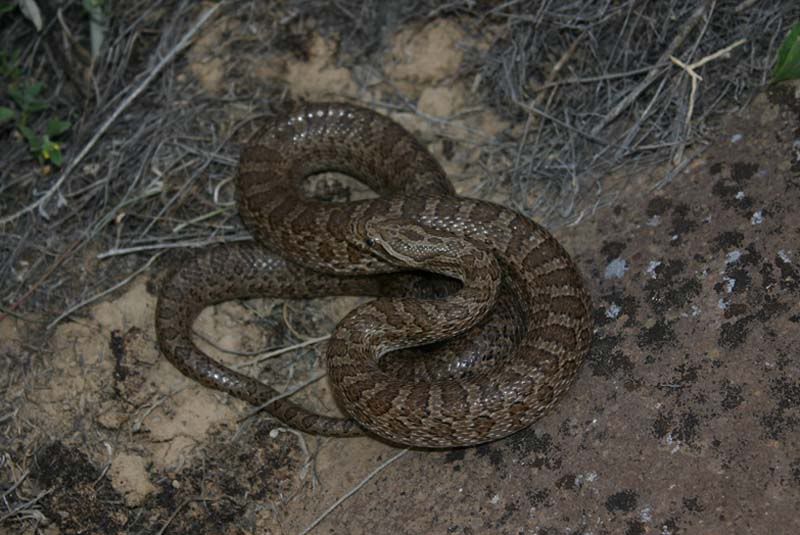
They mainly occur as an isolated population in the basin of the Colorado River or surrounding counties. This one was from Delta County. Although the climate if fairly dry there, the habitat was fairly moist. Emory's ratsnakes need some moisture/humidity and don't occur in desert areas.
I know this wasn't a corn snake, but I don't do field work in the Southeastern states anymore and don't have any current data on corn snakes. We can compare corn snakes to other snakes though, especially Emory's ratsnakes, and Slowinski's corns, which are very closely related.
BTW, corn snakes occur from the Florida Keys north to New Jersey and west to Kentucky and Louisiana. Their habitat is generally humid with a wide range of temperatures yearly.
A DOR Emory's ratsnake from Refugio County on the Gulf Coast of TX....
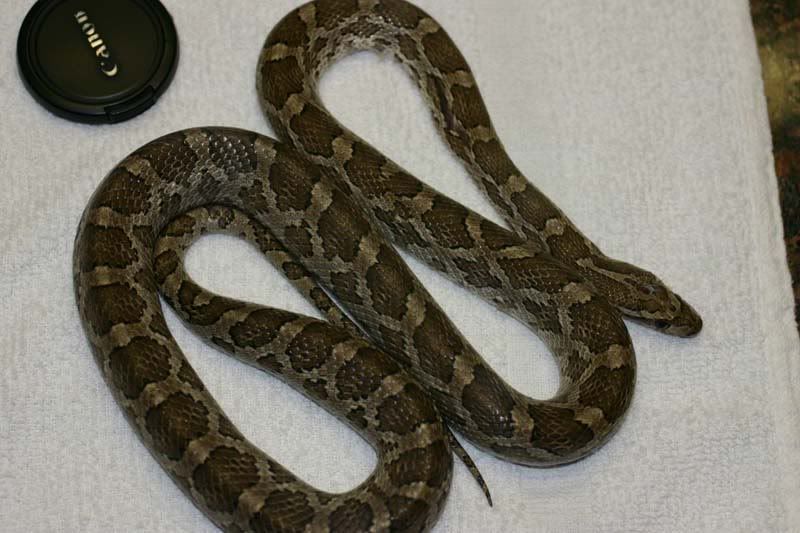

Habitat is fairly dry, but air is humid. Where habitat is moister, a little further north, with a fair amount of woodland, the Emory's gives way to the Slowinski's corn.
A Brazos Island ratsnake (emoryi) from the coast near the Rio Grande and Mexico....
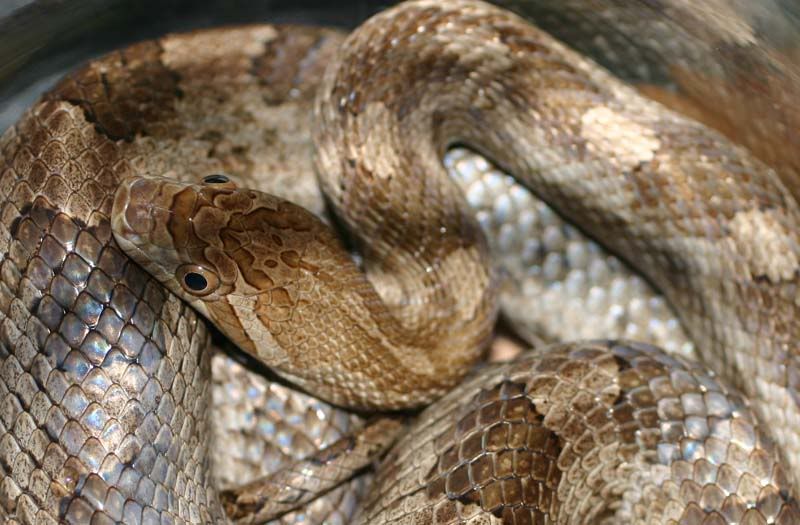
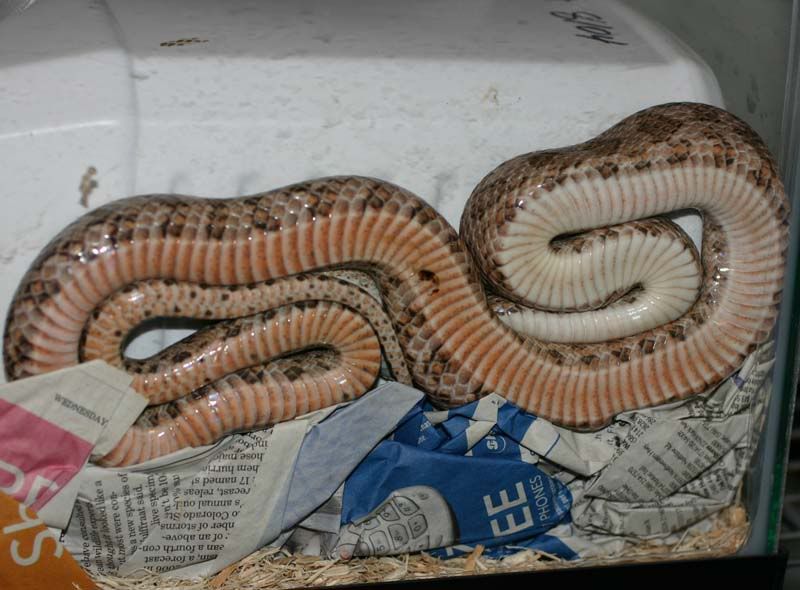
These are special snakes, reaching a large size, and adapted to a dry environment. Common ratsnakes can't survive in this coastal area, but the Emory's can with its fossorial habits.
Part of the island...
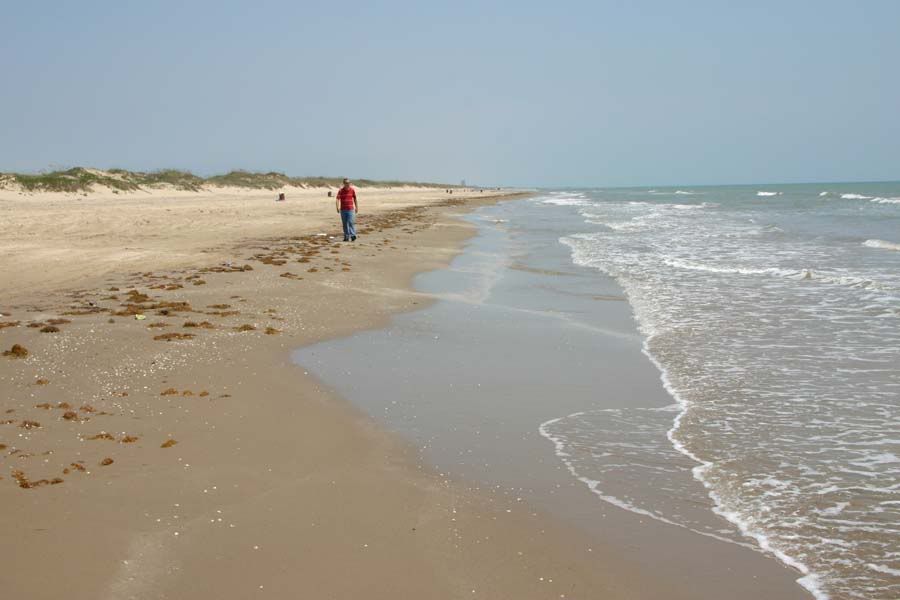
This place is very sandy, but there are moist areas where ponding or seeps occur. This form of Emory's is fond of soaking in their water jugs. One of my favorite captives.
A slowinski's corn, Pantherophis guttatus slowinskii, from southeastern Oklahoma. I collected a juve male in the Ouachita Mountains in 2006 and have raised him up. I also purchased a female from a guy in TX back then....
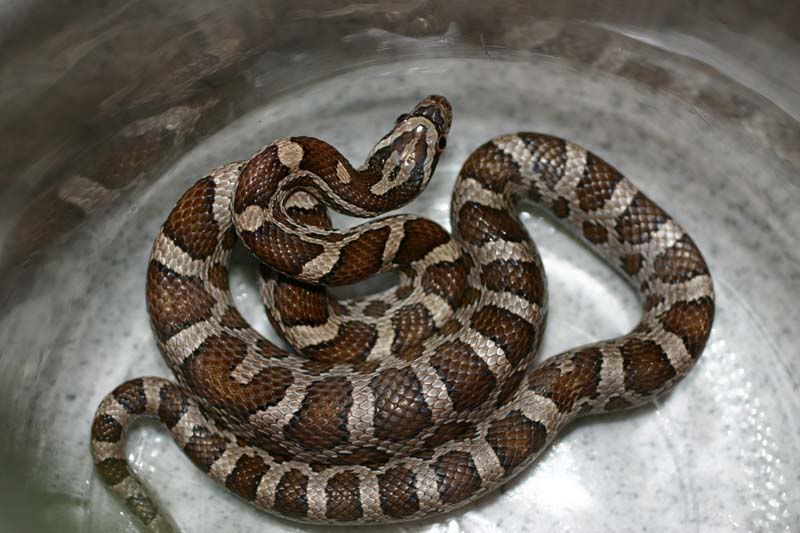
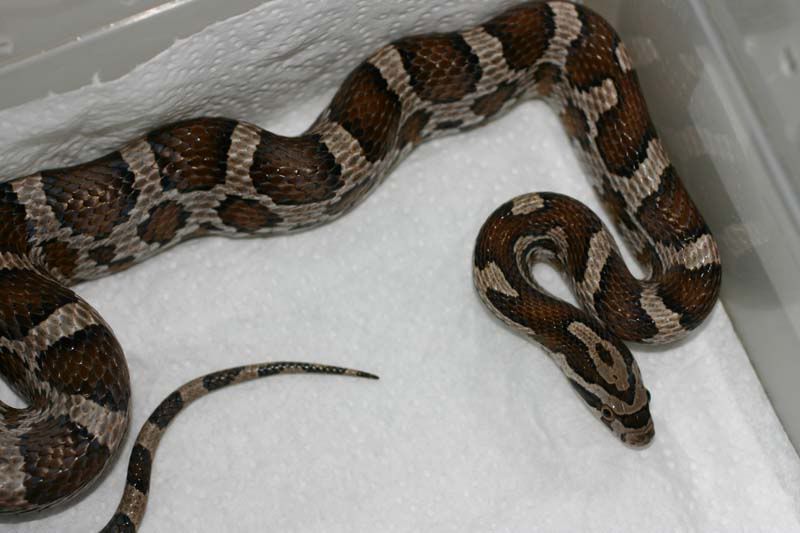
I hope to mate this pair this coming spring. I believe this form is a type of corn snake, the reason I used the subspecies designation. I have some habitat photos also, which I'll put up in my followup post.
Terry
This is an Emory's ratsnake, Pantherophis emoryi intermontanus, that I found in western Colorado last spring....

They mainly occur as an isolated population in the basin of the Colorado River or surrounding counties. This one was from Delta County. Although the climate if fairly dry there, the habitat was fairly moist. Emory's ratsnakes need some moisture/humidity and don't occur in desert areas.
I know this wasn't a corn snake, but I don't do field work in the Southeastern states anymore and don't have any current data on corn snakes. We can compare corn snakes to other snakes though, especially Emory's ratsnakes, and Slowinski's corns, which are very closely related.
BTW, corn snakes occur from the Florida Keys north to New Jersey and west to Kentucky and Louisiana. Their habitat is generally humid with a wide range of temperatures yearly.
A DOR Emory's ratsnake from Refugio County on the Gulf Coast of TX....


Habitat is fairly dry, but air is humid. Where habitat is moister, a little further north, with a fair amount of woodland, the Emory's gives way to the Slowinski's corn.
A Brazos Island ratsnake (emoryi) from the coast near the Rio Grande and Mexico....


These are special snakes, reaching a large size, and adapted to a dry environment. Common ratsnakes can't survive in this coastal area, but the Emory's can with its fossorial habits.
Part of the island...

This place is very sandy, but there are moist areas where ponding or seeps occur. This form of Emory's is fond of soaking in their water jugs. One of my favorite captives.
A slowinski's corn, Pantherophis guttatus slowinskii, from southeastern Oklahoma. I collected a juve male in the Ouachita Mountains in 2006 and have raised him up. I also purchased a female from a guy in TX back then....


I hope to mate this pair this coming spring. I believe this form is a type of corn snake, the reason I used the subspecies designation. I have some habitat photos also, which I'll put up in my followup post.
Terry

